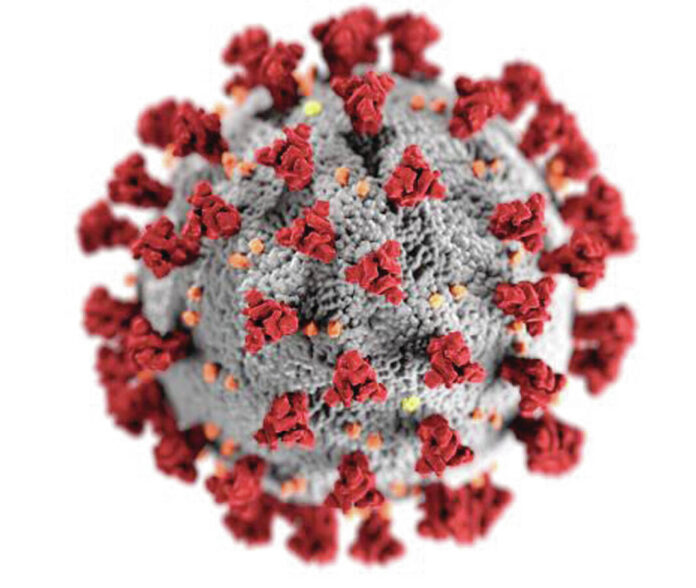The Centers for Disease Control and Prevention has raised Bartholomew County’s COVID-19 risk level as local hospitalizations remain in the double-digits and the number of people seeking outpatient care for coranvirus-like symptoms is “exploding.”
Under the orange level, which is the highest category of community spread, the CDC recommends that all Bartholomew County residents wear a mask indoors while in public, including in K-12 schools and on public transit — regardless of vaccination status.
In addition, the CDC advises people who are immunocompromised or at a high-risk for severe illness to consider avoiding non-essential indoor activities.
Jackson County also has moved into the CDC’s highest category, while Jennings County is in the yellow, or medium level.
The local COVID-19 Community Task Force is urging people to follow the CDC guidelines and make sure they are updated with their vaccinations. However, the task force does not have plans to formally meet at this time.
“We are in that high category,” said Kelsey DeClue, spokeswoman for the COVID-19 Community Task Force and Columbus Regional Health. “… We would really encourage people to consider masking up indoors in public, especially indoors, regardless of your vaccination status.”
The CDC’s community levels are based on the total new COVID-19 cases per 100,000 people, total new COVID-19 hospital admissions per 100,000 people, and percentage of inpatient beds occupied by COVID-19 patients.
The community levels are updated each Thursday, according to the CDC’s website. Bartholomew County’s current community level is based off of data from last week.
There were 10 people hospitalized with COVID-19 at Columbus Regional Hospital as of this past Wednesday, according to the most recent data available from the local COVID-19 Community Task Force.
As of Wednesday, new COVID-19 hospital admissions in Bartholomew County were 11.5 per 100,000 over the previous week, with about 4% of staffed inpatient beds in use by patients with COVID-19, including 6% of ICU beds, CDC records show.
However, CRH has seen a significant increase in the number of people seeking outpatient medical treatment for symptoms that are consistent with COVID-19, DeClue said.
“The outpatient numbers are just kind of exploding right now,” she said.
The update from the CDC and local task force comes as hospitalizations increase across the country.
As of Sunday, there had been an average of 43,100 people hospitalized with COVID-19 in the United States over the past two weeks, up 15% compared to the previous two-week period, according to The New York Times.
In Indiana, there were about 600 people hospitalized as of Thursday, up from around 380 from a month before, according to the Indiana Department of Health.
Though not part of the CDC’s community level metrics, the concentration of COVID-19 in local sewage continues to rise the highest levels seen since the initial omicron wave this past winter, federal records show.
During a two-week period ending this past Thursday, the concentration of COVID-19 in local sewage was nearly 79% of what it was during the peak of the omicron surge this past winter. By comparison, the level of virus in local wastewater during the 14 days ending June 22 was at about 34% of what it was at the pandemic’s peak.
At the same time, the virus continues to claim lives in the Columbus area.
One Jackson County resident and one Jennings County resident have died from COVID-19 over the past month, according to the most recent figures available from the Indiana Department of Health on Monday morning.
A total of 244 Bartholomew County residents, 129 Jackson County residents and 102 Jennings County residents have died from the virus over the course of the pandemic.
Local officials say the vaccines are still effective at protecting against COVID-19’s worst outcomes. If people are not feeling well, they should get tested multiple times for for the virus, DeClue said.
“Go ahead and test, and test several times,” DeClue said. “If you start feeling symptoms for one or two days, and you test and it’s negative, that doesn’t necessarily completely rule out COVID. There is a chance that you tested too soon, the virus isn’t quite showing up heavy enough for that home testing kit or user error.”





